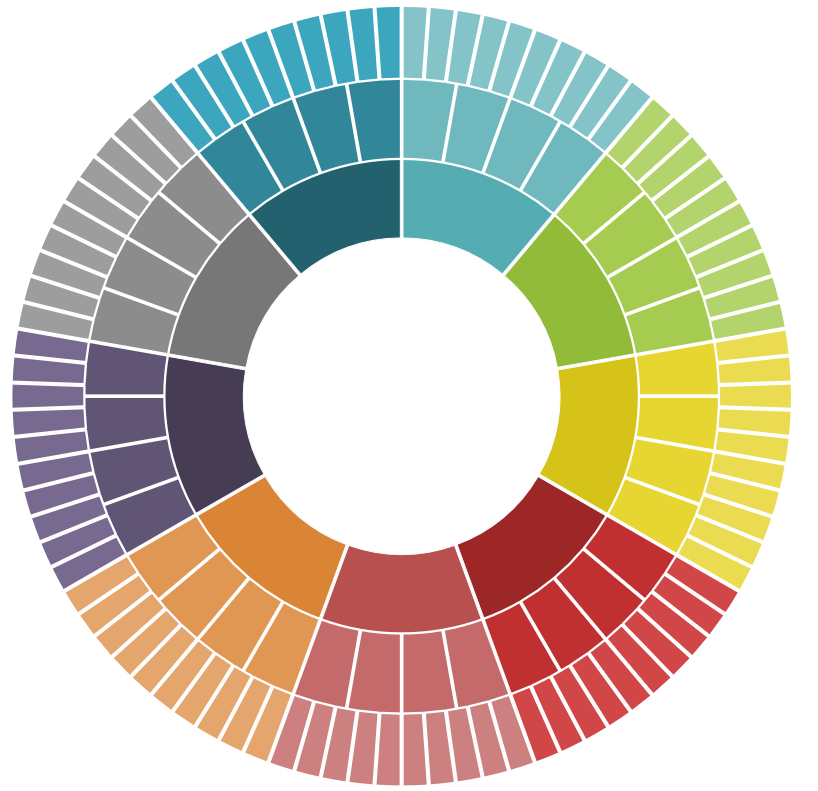Volltextsuche nutzen
- versandkostenfrei ab € 30,–
- 11x in Wien, NÖ und Salzburg
- 6 Mio. Bücher
- facultas
- Detailansicht

Modeling the long-term behavior of structural timber
Modeling the long-term behavior of structural timber for typical serviceclass-II- conditions in South-West Germany

Taschenbuch
82,20€
inkl. gesetzl. MwSt.
Herstellung bei AnforderungVersandkostenfreibestellen in Österreich
Deutschland: € 10,00
EU & Schweiz: € 20,00
EU & Schweiz: € 20,00
In den Warenkorb
Click & Collect
Artikel online bestellen und in der Filiale abholen.
Derzeit in keiner facultas Filiale lagernd. Jetzt online bestellen!Artikel online bestellen und in der Filiale abholen.
Artikel in den Warenkorb legen, zur Kassa gehen und Wunschfiliale auswählen. Lieferung abholen und bequem vor Ort bezahlen.
Auf die Merkliste
Veröffentlicht 2011, von Jörg Schänzlin bei Südwestdeutscher Verlag für Hochschulschriften
ISBN: 978-3-8381-2462-9
184 Seiten
11 mm x 150 mm
Creep deformation influences the serviceability limit state as well as the ultimate limit state of timber structures. In order to consider this time-dependent behavior, creep coefficients and rheological models have been developed by various researchers. Comparing the rheological models, quite different temporal deformations are evaluated for a duration of load of 50 years. In order to find the ...
Beschreibung
Creep deformation influences the serviceability limit state as well as the ultimate limit state of timber structures. In order to consider this time-dependent behavior, creep coefficients and rheological models have been developed by various researchers. Comparing the rheological models, quite different temporal deformations are evaluated for a duration of load of 50 years. In order to find the model, which is most suitable to the situation in the region of Tübingen, South-West Germany, the existing deformations of several beams in roof structures in opened, protected but not heated buildings are measured. By loading the structure the elastic global stiffness of the particular element is determined. So creep coefficients can be evaluated, which should have been used by the engineer in order to get the existing deflection after 50 years. Within the region of Tübingen, on average a creep coefficient of 2.23 was found based on these measurements. However, the standard deviation of 0.97 is quite large. For the numerical evaluation of the time-dependent behavior Toratti's model is modified, so that it matches the measured deformations.
Creep deformation influences the serviceability limit state as well as the ultimate limit state of timber structures. In order to consider this time-dependent behavior, creep coefficients and rheological models have been developed by various researchers. Comparing the rheological models, quite different temporal deformations are evaluated for a duration of load of 50 years. In order to find the model, which is most suitable to the situation in the region of Tübingen, South-West Germany, the existing deformations of several beams in roof structures in opened, protected but not heated buildings are measured. By loading the structure the elastic global stiffness of the particular element is determined. So creep coefficients can be evaluated, which should have been used by the engineer in order to get the existing deflection after 50 years. Within the region of Tübingen, on average a creep coefficient of 2.23 was found based on these measurements. However, the standard deviation of 0.97 is quite large. For the numerical evaluation of the time-dependent behavior Toratti's model is modified, so that it matches the measured deformations.
